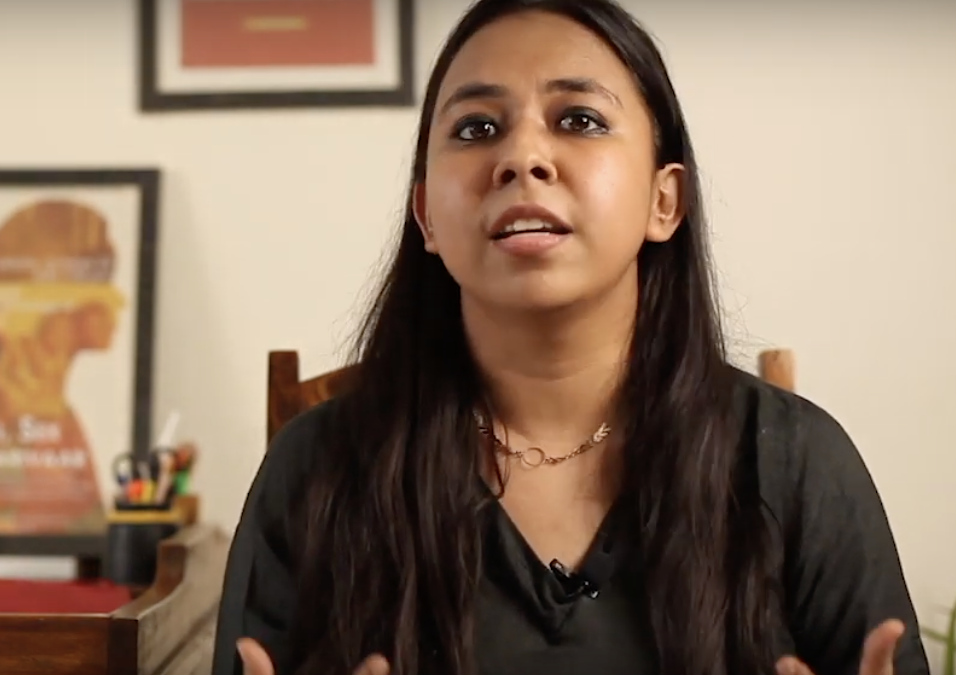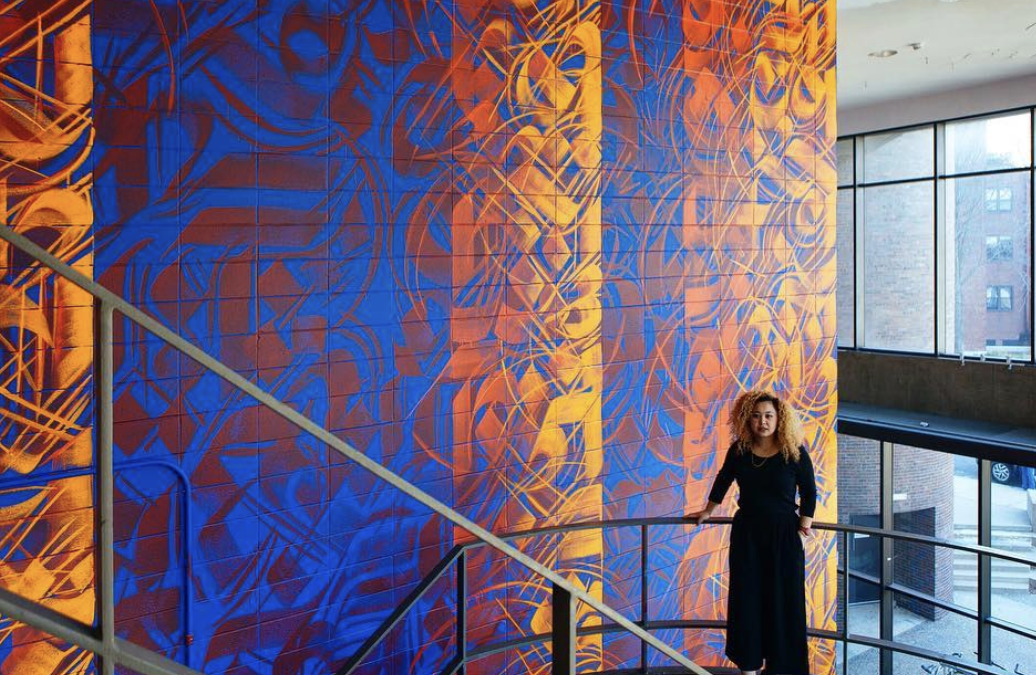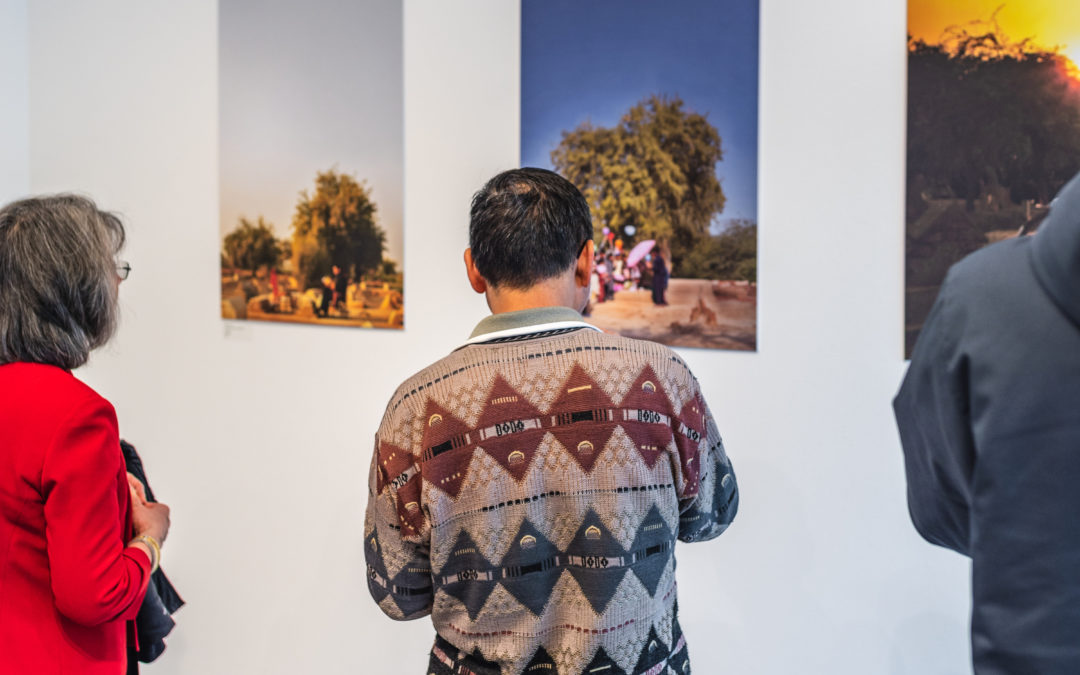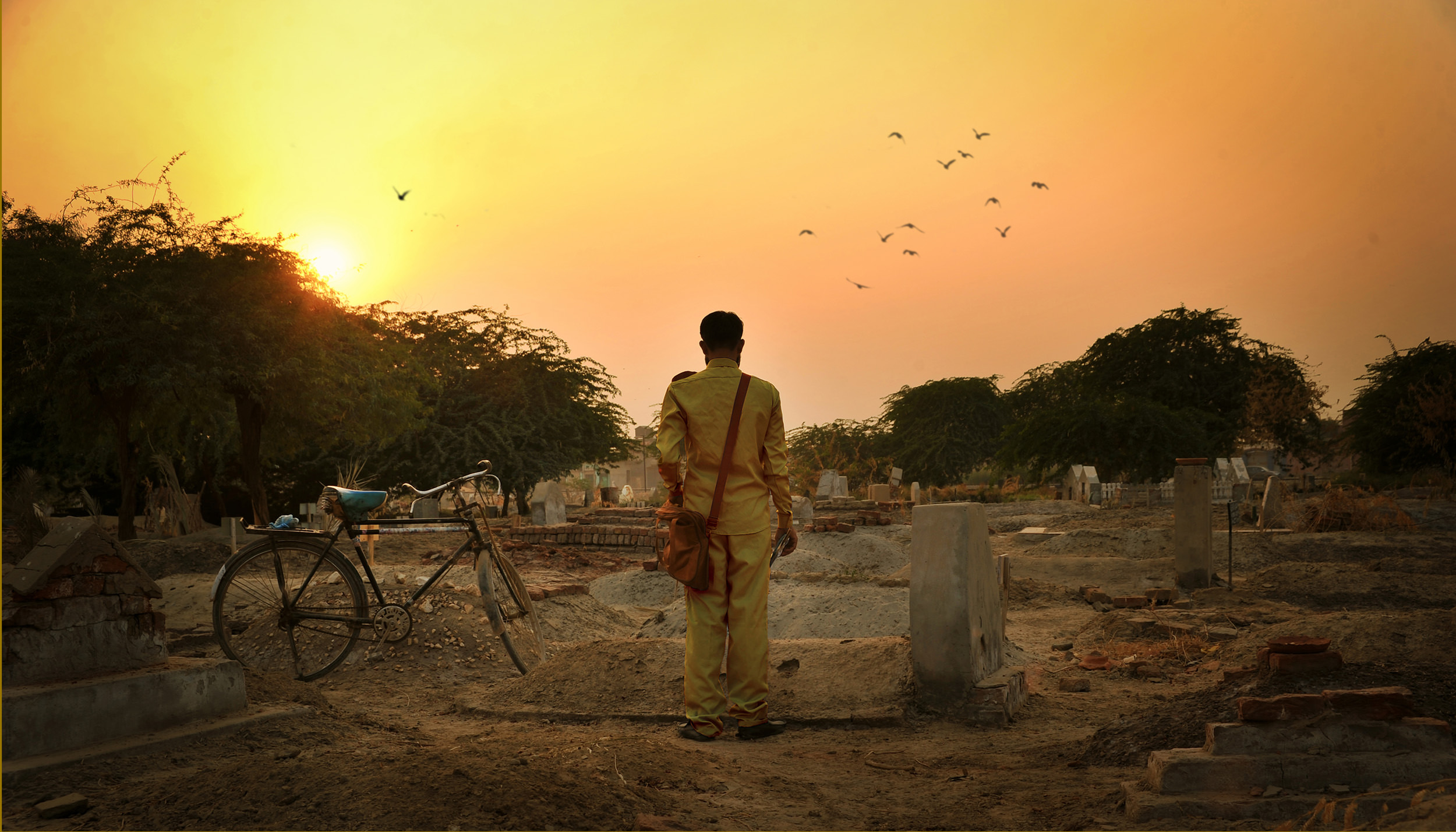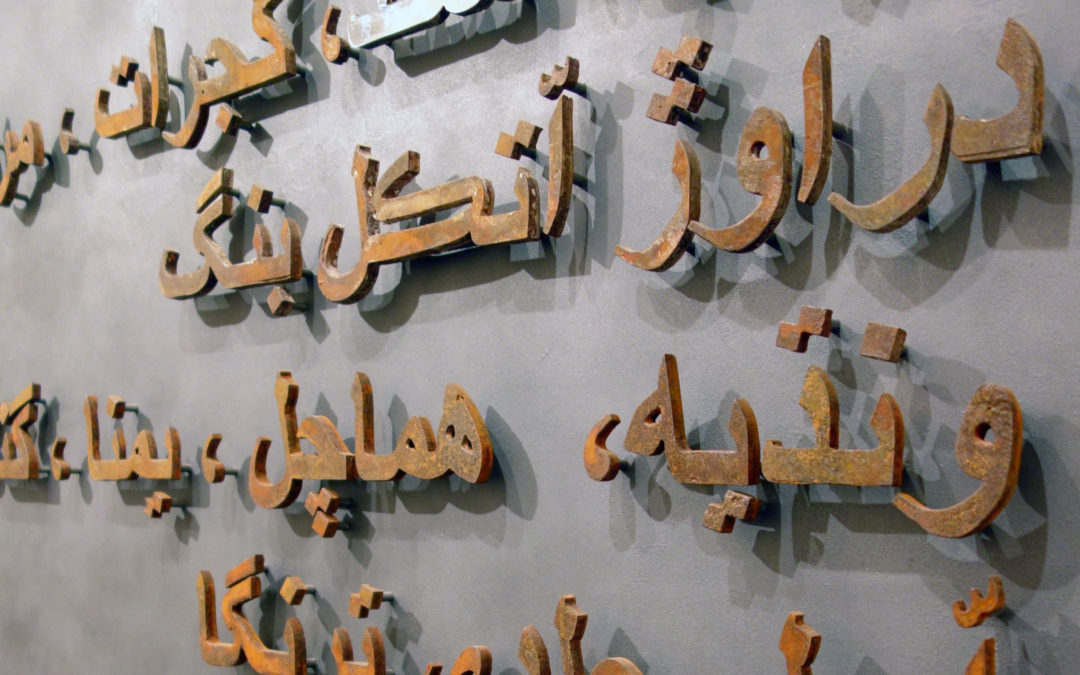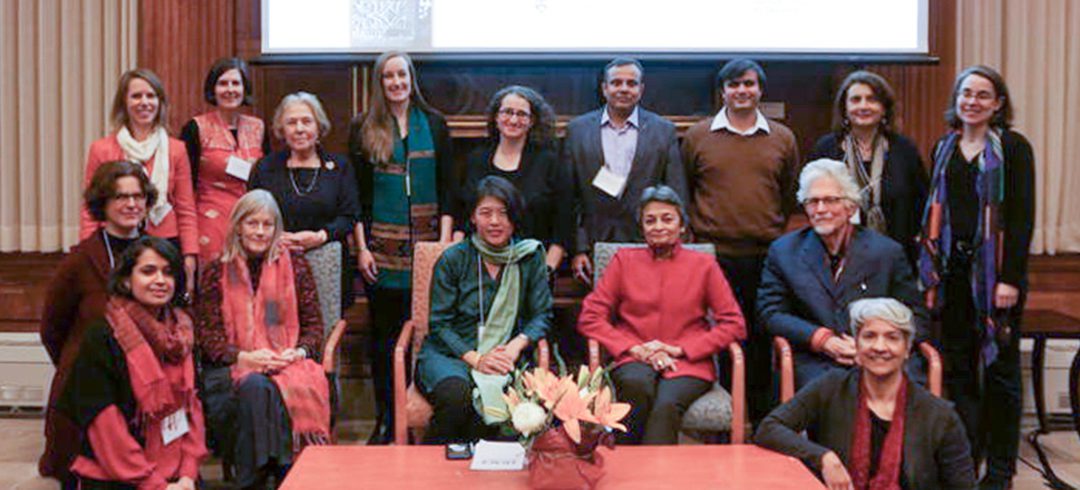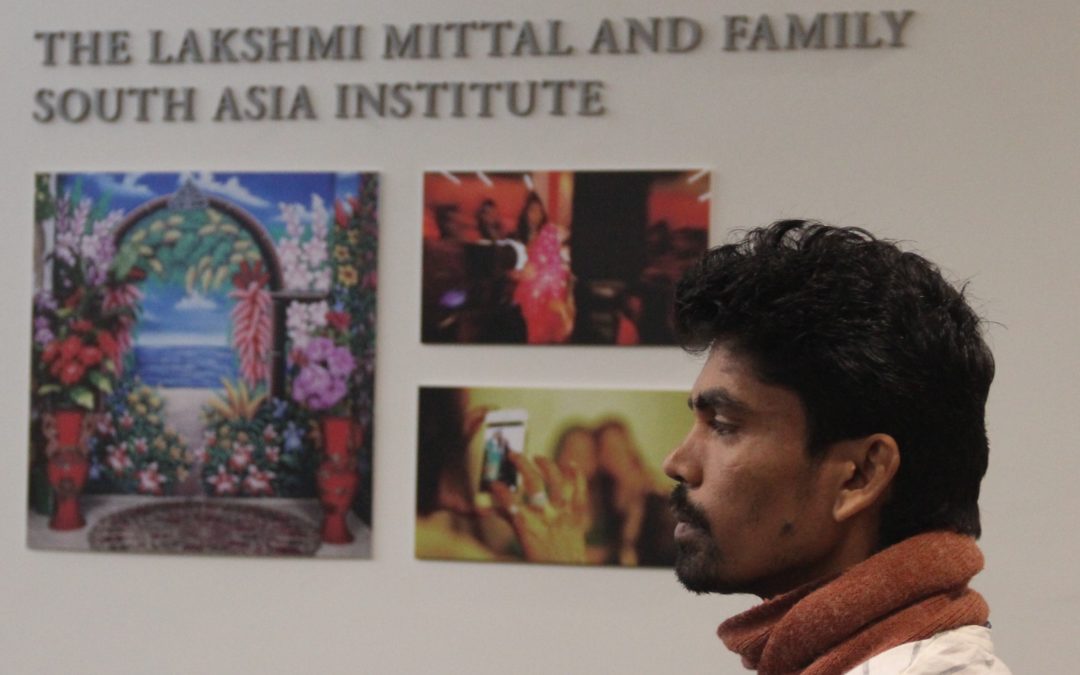The Mittal Institute’s 2019–2020 Visiting Artist Fellows
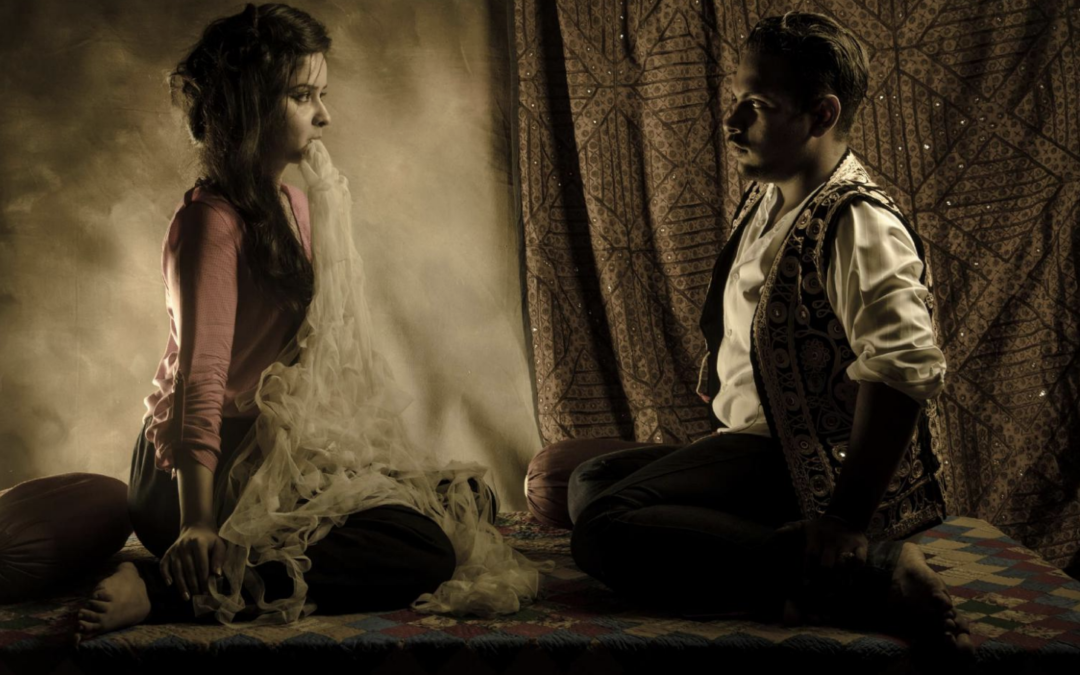
Our latest group of Visiting Artist Fellows for the Fall 2019 and Spring 2020 semesters has been chosen! Selected from a vast group of applicants, our new artists come from India, Nepal, and Pakistan, and their work represents a multitude of artistic mediums. From the exploration of the human condition to a focus on racial and social identity, our Visiting Artist Fellows plan to spend their time at Harvard researching their interest areas and connecting with faculty, students, and the community to expand on their individual art practices.

